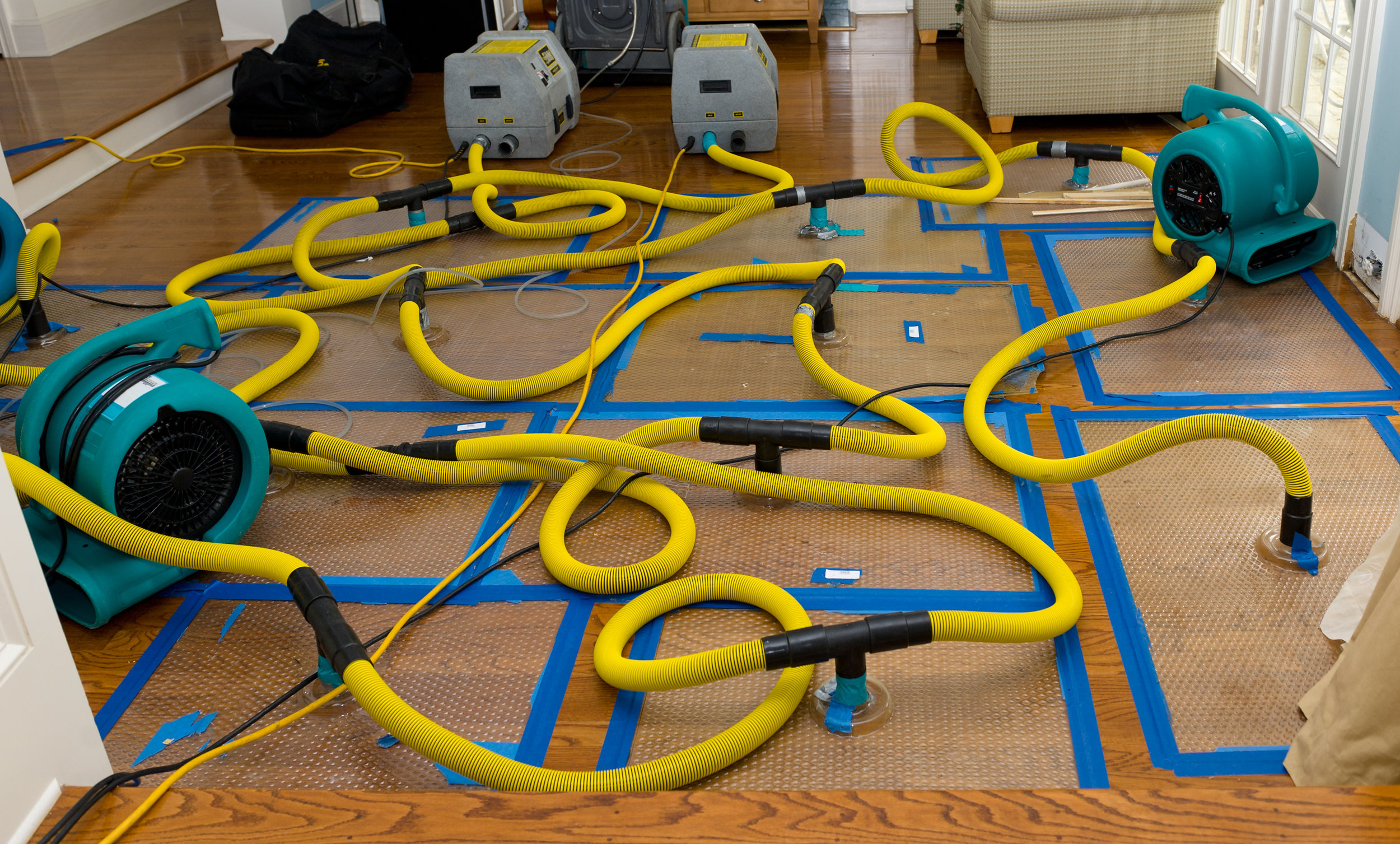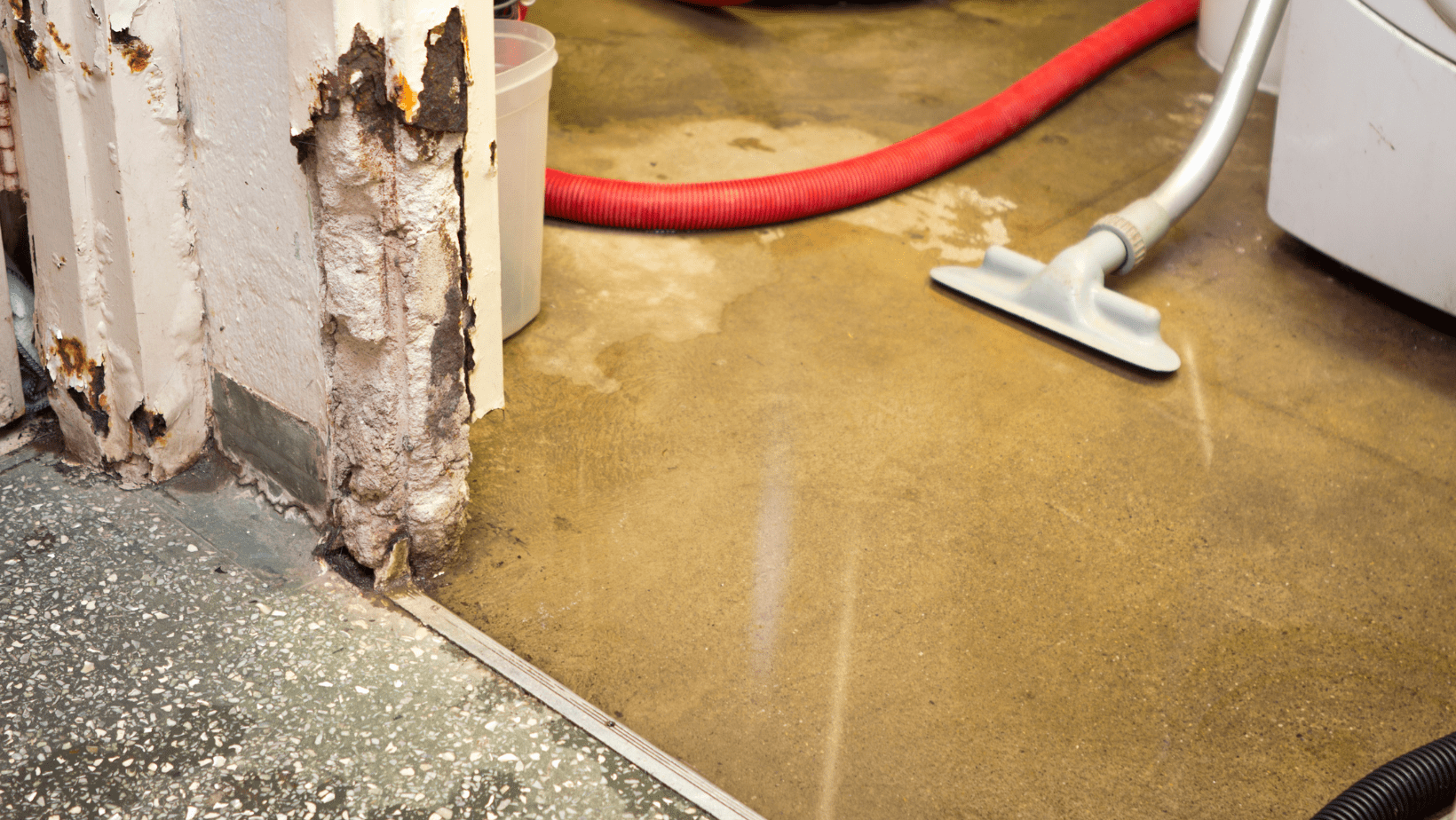The Homeowner’s Ultimate Guide to Water Damage Cleanup After a Flood or Leak
Important Actions to Adhere To for Reliable Water Damage Reconstruction in Your Home
When confronted with water damages in your home, knowing the vital actions for reliable restoration can make all the difference. You need to evaluate the damage and assurance safety and security prior to tackling the problem. Quiting the source of water is important, however it's just the start. There's a collection of actions you need to take to protect your building from further concerns when you've taken care of that. Allow's discover what you ought to do following.
Analyze the Damage
When you discover water damage in your house, the very first action is to evaluate the damage completely. Beginning by identifying the source of the water intrusion. Look for leakages, burst pipes, or other concerns triggering the issue. Next, take a look at the affected locations for visible indications of damages, including mold, staining, or warping growth. Don't fail to remember to look in surprise spots like behind walls or under flooring, as water can seep into these areas unnoticed.Document the damages by taking clear pictures and notes. This will assist you when reviewing the circumstance with your insurance policy company or repair professionals. Take notice of the kind of materials affected, as various products require different remediation approaches. Assess the extent of the damages. Is it small or substantial? Comprehending the extent will lead you in choosing whether to handle it on your own or hire the professionals for a much more considerable repair process.

Guarantee Security
Prior to you start any repair job, assuring your security is necessary. Analyze the condition of your home. If the water's deep or if you discover electric dangers, do not get in the location. Shut off the electricity and gas supply to prevent crashes. Put on safety gear like boots, handwear covers, and masks to shield on your own from impurities or mold.It's essential to stay knowledgeable about your environments; expect sharp items and slippery surfaces. If the water is from a sewer backup, treat it as unsafe waste. Keep animals and children far from impacted areas to avoid exposure.Once you've taken these precautions, you can wage the reconstruction procedure. Remember, your safety comes first, and if you're ever before unclear, it's finest to consult an expert. Taking these actions will assist ensure you're ready to deal with the remediation safely and efficiently.
Stop the Source of Water
After guaranteeing your safety and security, the next step is to quit the resource of water. Identify where the leak is coming from. It could be a ruptured pipe, a malfunctioning device, and even heavy rain entering via a damaged roofing. Transform off the major water supply to your home to prevent additional flooding if it's a pipes problem. For devices, unplug them and close off their water supply valves.If the source is outdoors, like rain, try to divert it away from your home making use of sandbags or various other obstacles. For minor leaks, you could be able to utilize tape or a sealer momentarily up until a specialist can fix it. Bear in mind, dealing with the source promptly is necessary to reducing damages and preventing mold growth. When you have actually quit the water, you'll remain in a better placement to proceed to the following action in the restoration procedure.

Eliminate Excess Water
Act promptly to get rid of excess water, as standing water can result in a lot more extensive damage and mold and mildew development. Collect your devices: a wet/dry vacuum, pails, and towels. If the water is superficial, you can use towels to take in the wetness. For deeper water, a wet/dry vacuum is your best choice. See to it to clear the vacuum often to stay clear of overflow.If the water is infected, like from a sewer backup, use safety equipment, including masks and handwear covers, to maintain on your own safe. Once you've gotten rid of as much water as feasible, inspect for surprise pockets of wetness in edges and under furniture, as these can nurture mold.Don' t forget to turn off electrical appliances and power electrical outlets in damp locations to avoid hazards. This first step is essential in lessening damage and setting the phase for an effective repair process.
Dry and Dehumidify the Location
It's essential to completely dry and evaporate the location thoroughly when you have actually gotten rid of the excess water. Beginning by making use of dehumidifiers efficiently to draw dampness out of the air and protect against mold development. Watch on moisture levels to guarantee the room dries entirely.
Get Rid Of Standing Water
To successfully tackle water damage, you require to concentrate on eliminating standing water as swiftly as feasible. Begin by gathering essential tools, like a wet/dry vacuum or a pump, depending upon the quantity of water. If the water is superficial, a vacuum cleaner ought to work. For bigger quantities, a pump is extra effective. While functioning, see to it to use safety gear to keep on your own safe from pollutants. As you eliminate the water, take notice of hidden areas like under furniture or in corners where water could accumulate. When you have actually eliminated the bulk, your space will certainly begin to dry. This step is crucial, as remaining water can result in mold and mildew growth and extra extensive damages.
Use Dehumidifiers Efficiently
Just how can you effectively utilize dehumidifiers to dry and dehumidify your room? Beginning by putting your dehumidifier in one of the most affected location, ideally where water damage is most serious. Make certain to close all doors and home windows to develop a covered environment. Turn on the dehumidifier and established it to the appropriate moisture level, normally around 30-50%. Vacant the water collection container often, or think about making use of a model with a continual drainage choice for comfort. If possible, make use of fans to improve air flow, assisting the dehumidifier job a lot more effectively. Maintain the dehumidifier running till you're positive that the location is extensively dried out, preventing mold and mildew development and added damages (Water Damage Restoration St George UT). This step is important for efficient water damages restoration
Monitor Humidity Levels
Monitoring humidity levels is vital during the drying out process, as it assists assure your space stays without excess dampness. Buy a trustworthy hygrometer to track moisture accurately. Preferably, you want to keep levels between 30% and 50%. You may need to adjust your dehumidifiers or fans to boost air flow if humidity analyses rise over this array. Check the readings frequently, particularly in locations prone to moisture, like bathrooms or cellars. If you notice consistent high moisture, take into consideration raising air flow or using additional dehumidifiers. Remaining on top of these levels not only accelerates the drying out procedure however likewise prevents mold development, ensuring your home stays secure and comfy.
Clean and Disinfect Affected Surfaces

Restore and Repair Your Home
After cleansing and decontaminating the influenced locations, it's time to recover and fix your home. Begin by reviewing the damages. Look for structural issues, like damaged floorings or walls, and deal with any type of essential repairs. Changing harmed drywall or floor covering is Water Damage Repair vital for both appearances and safety.If your furniture or valuables were influenced, take into consideration whether they can be salvaged or need replacement. Tidy or skillfully recover products where possible.Next, repaint wall surfaces and touch up any areas that need focus. This not only enhances look yet also shields surfaces from future water damage.Don' t forget to examine your plumbing and devices for leaks, ensuring every little thing's operating effectively. Lastly, take into consideration mounting a dehumidifier to avoid future wetness concerns. By taking these actions, you'll recover your home to its former splendor and develop a much safer living setting.
Often Asked Concerns
How Much Time Does Water Damages Repair Typically Take?
Water damage reconstruction typically takes anywhere from a few days to numerous weeks, relying on the degree of the damage (Smoke Damage Restoration). You'll wish to analyze the circumstance quickly to reduce further difficulties and assure correct remediation
Will My Insurance Coverage Cover Water Damage Reconstruction Costs?
Your insurance policy could cover water damages repair expenses, however it depends upon your policy. Inspect your protection information and call your insurance policy representative to clarify what's consisted of and what you require to file an insurance claim.
Can I Take Care Of Water Damage Reconstruction Myself?
You can handle water damage reconstruction yourself, but it's vital to assess the circumstance first. You may want to call professionals if it's considerable. Constantly focus on safety and security and assure you've got the right tools.
What Are the Signs of Hidden Water Damages?
You might discover indicators of concealed water damages like warped wall surfaces, stuffy smells, or discoloration. If your floorings really feel squishy or you area mold, it's time to check out further before the circumstance gets worse.
Exactly How Can I Avoid Future Water Damage in My Home?
To stop future water damages in your house, you must on a regular basis evaluate plumbing, seal fractures, preserve gutters, and guarantee proper water drainage. Installing a sump pump and wetness barriers can also aid maintain your space dry. When you uncover water damages in your home, the first step is to assess the damage completely. Act promptly to get rid of excess water, as standing water can lead to extra comprehensive damages and mold growth. To efficiently take on water damage, you need to concentrate on getting rid of standing water as quickly as possible. As you eliminate the water, pay focus to concealed areas like under furniture or in edges where water might gather. Water damages reconstruction commonly takes anywhere from a couple of days to numerous weeks, depending on the degree of the damage.